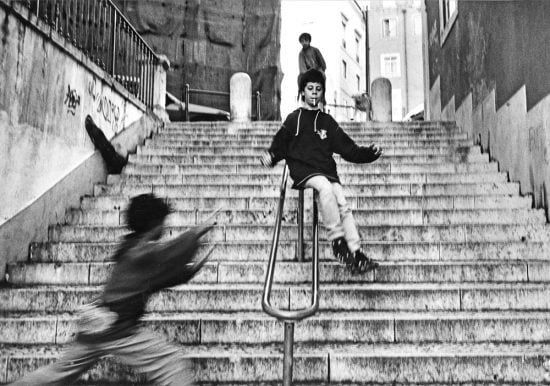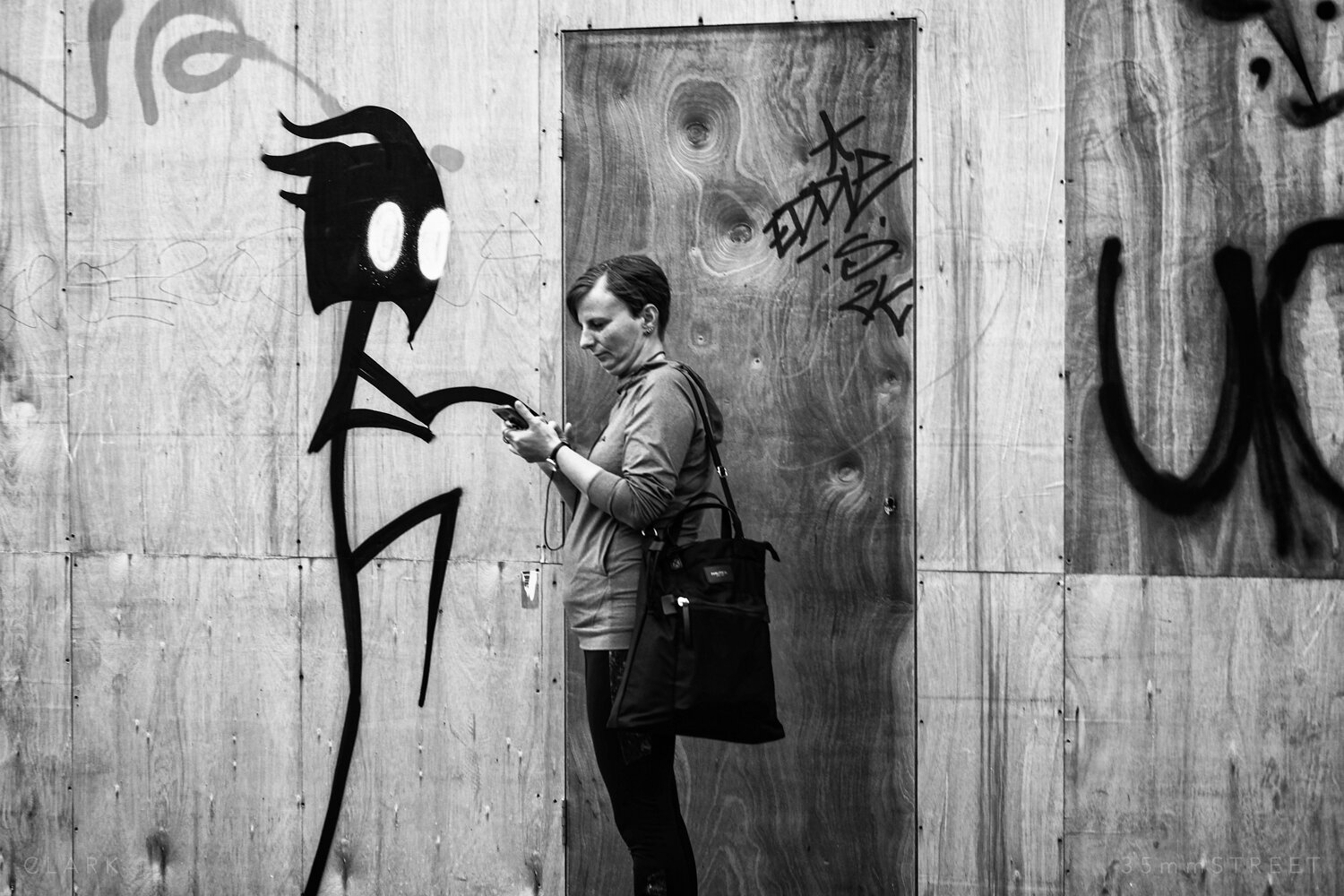About Street Photographers
Table of ContentsNot known Details About Street Photographers Excitement About Street PhotographersThe Best Strategy To Use For Street PhotographersThe smart Trick of Street Photographers That Nobody is Talking About7 Easy Facts About Street Photographers Described
Street digital photographers do not necessarily have a social function in mind, but they choose to separate and record moments which might otherwise go unnoticed.Though he was influenced by a lot of those who affected the road photographers of the 1950s and '60s, he was not mainly thinking about catching the spirit of the street. The impulse to visually record people in public began with 19th-century painters such as Edgar Degas, douard Manet, and Henri de Toulouse-Lautrec, who worked side by side with photographers attempting to catch the essence of metropolitan life.
Due to the somewhat primitive technology offered to him and the long exposure time required, he struggled to capture the hustle and bustle of the Paris streets. He trying out a series of photographic techniques, trying to locate one that would certainly permit him to record movement without a blur, and he located some success with the calotype, patented in 1841 by William Henry Fox Talbot. In comparison to Atget, digital photographer Charles Marville was worked with by the city of Paris to produce an encyclopaedic file of Haussmann's urban preparation job as it unfolded, thus old and brand-new Paris. While the digital photographers' subject was basically the same, the results were markedly different, demonstrating the influence of the digital photographer's intent on the personality of the pictures he created.
Street Photographers Can Be Fun For Anyone
Given the fine high quality of his photographs and the breadth of product, engineers and artists usually acquired Atget's prints to make use of as recommendation for their own work, though business rate of interests were barely his primary motivation. Rather, he was driven to picture every last remnant of the Paris he enjoyed.

Unlike his peers, Brassa utilized a larger-format Voigtlnder video camera with a much longer exposure time, forcing him to be extra calculated and thoughtful in his practice than he may have been if making use of a Leica. (It is assumed that he might not have actually been able to pay for a Leica back then, yet he did, however, make use of one in the late 1950s to take colour photographs.) Brassa's photographs of the Paris underworld lit up by man-made light were a discovery, and the compilation of the series that he published, (1933 ), was a major success.

9 Easy Facts About Street Photographers Shown
It is due to find more info the fact that of this fundamental understanding of the art of photo taking that he is usually credited with uncovering the tool throughout once more about a century because its creation. He took photos for even more than a half century and affected generations of photographers to trust their eye and intuition in the moment.
These are the questions I shall attempt to answer: And then I'll leave you with my own meaning of street photography. Yes, we do. Let's begin with defining what a definition is: According to it is: "The act of defining, or of making something definite, distinct, or clear".
No, definitely not. The term is both limiting and deceiving. Seems like a street photography ought to be photos of a roads appropriate?! And all road digital photographers, with the exception of a handful of outright novices, will fully appreciate that a road is not the vital part to street photography, and actually if it's a picture of a road with perhaps a few dull people doing absolutely nothing of rate of interest, that's not road photography that's a picture of a road.
The Basic Principles Of Street Photographers
He makes a legitimate factor do not you believe? While I agree with him I'm not certain "candid public photography" will certainly catch on (although I do kind of like the term "honest photography") since "road photography" has actually been around for a long time, with numerous masters' names affixed to it, so I believe the term is below to stay. Street Photographers.
Inside?! I hear you shout as you tremble your fist to the skies. Why not? You can shoot at the beach, at an event, in an alley, in a park, in a piazza, in a coffee shop, at a gallery or art gallery, in a metro terminal, at an event, on a bridge, under a bridge ...
Yes, click I hesitate we have no option! Without guidelines we can not have a definition, and without an interpretation we don't have a style, and without a category we do not have anything to define what we do, therefore we are stuck in a "regulations meaning genre" loophole! And no-one intends to obtain embeded a loop. - Street Photographers
